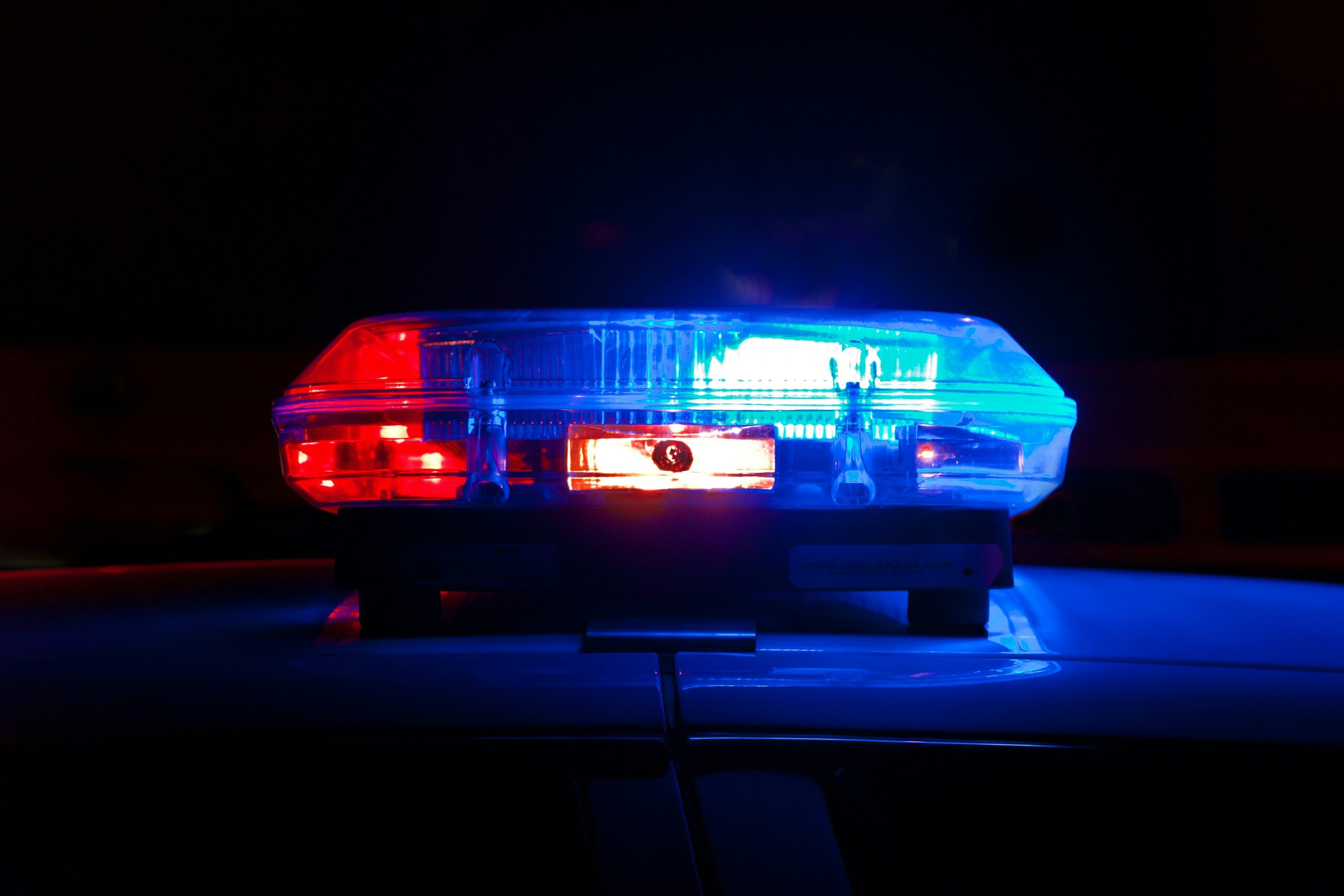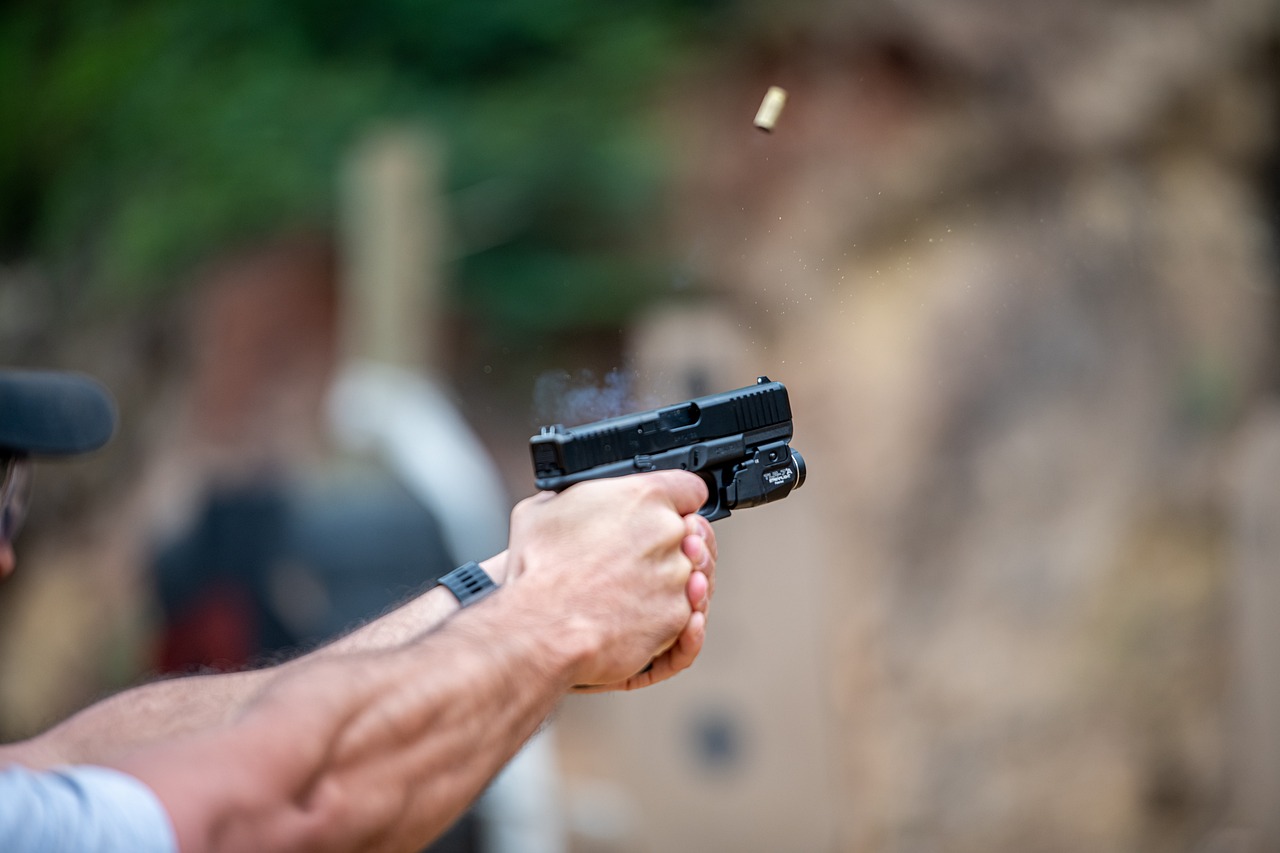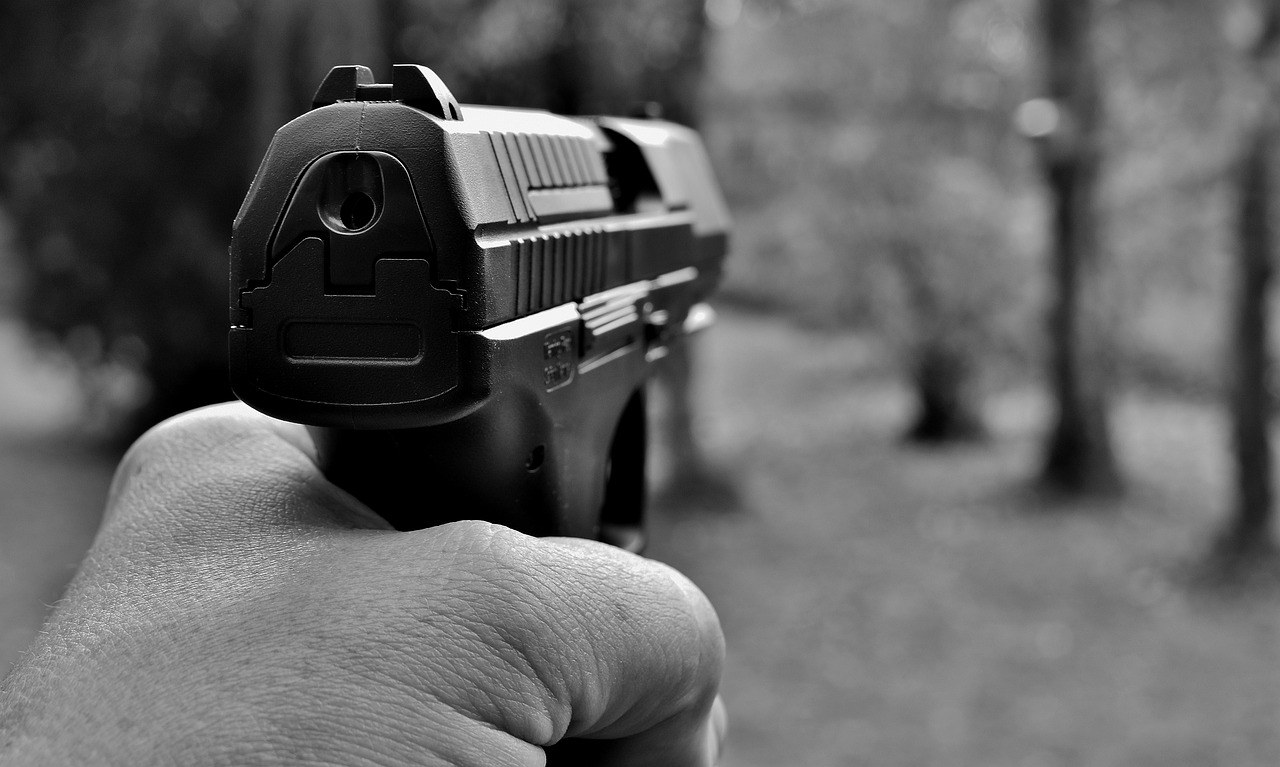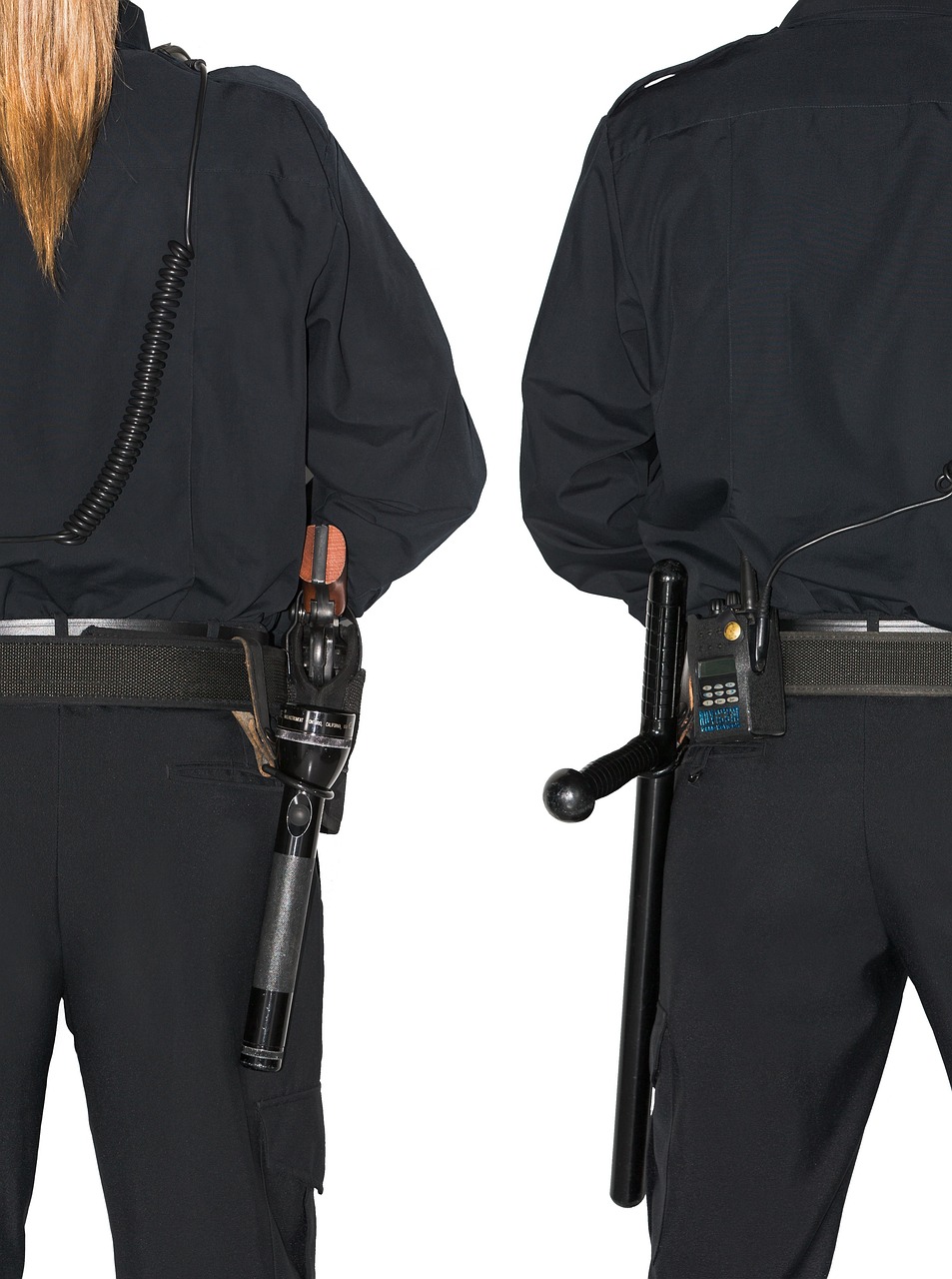We need to ensure that police use deadly force only as a last alternative. Our laws, procedures, training, and culture serve neither the police nor the public.
In television and in the movies, police fire their weapons either when they have been fired upon or an instant before the suspect clearly would have shot at them. Unfortunately, in the United States, that is not the reality of how police operate or how they are trained. And this combination of police deadly force practice and training is a problem!
As a society, we rely on the police to protect and serve our communities. However, continuing events have shed light on a disturbing issue within law enforcement – the use of deadly force. One would have thought that cases such as George Floyd and Breonna Taylor and countless others would have caused fundamental changes in when and how police in the U.S. use deadly force, but the fact is that little to nothing has changed.
Deadly force is defined as the amount of force that is likely to cause serious bodily injury or death. It is a necessary tool in certain situations, such as when an officer's life is in imminent danger or when they are trying to protect the lives of others. To be clear, the use of deadly force by police is necessary and justified in some cases. However, the frequency at which deadly force is used by law enforcement is alarming. It is not anti-police to explore and critique the use of the practice. No institution or practice, especially one allowed to take life, should be above evaluation and criticism.
Let us begin with how police actually operate. Do police, in fact, only shoot either AFTER they have been fired upon or the instant before the suspect clearly would have shot them, as depicted in TV and motion pictures? Many of the now-famous cases of police shooting unarmed and even non-threatening people indicate that this is not the practice.
These cases have probably gone on for years. However, with the spread of video-capable cell phones and police dash and body cams, these incidents are recorded for the public to see and be outraged. Many of those shot have been persons of color, and the incidents have given rise to the "Black Lives Matter" movement. However, not all victims have been Black. I have no doubt that racism magnifies the issue in that persons of color are victims of such police shootings at a higher rate than white persons. However, I do not think that racism is the root cause of the issue. The underlying problem, I believe, rests in badly flawed deadly force policies and the training of many, if not most, police forces in America.
One of the reasons for this issue is the training that police officers receive. The training focuses heavily on the use of firearms, with little emphasis on de-escalation techniques or other non-lethal options. As a result, officers may default to their guns in high-pressure situations, even when it may not be necessary.
Furthermore, the training often perpetuates an "us vs. them" mentality, with officers viewing themselves as warriors rather than public servants. This mentality can lead to a lack of empathy and understanding towards the communities they serve, particularly communities of color. This, combined with implicit bias, can result in officers using deadly force disproportionately toward people of color.
In some famous cases, individual officers have made terrible criminal choices that violate current procedures and laws. However, the problem is systemic. By "systemic," I mean that the central issue is the system under which police officers carry out their day-to-day responsibilities. The system includes the policies, rules, and laws that govern individual officers' culture.
Put another way, the primary problem is not what any individual officer does, but the deadly force procedures and regulations under which they are trained and evaluated. In fact, even in the cases of rogue officers, I fear that police rules, laws, and culture may have contributed to those bad decisions. In other cases, police follow the rules, regulations, and training, but those things are wrong.
If the problem is systemic, the solution rests with those outside the police force. Ultimately, we as a society are responsible for the laws and procedures. If these laws and guidelines are wrong—and I believe they are—we must advocate for change.
Police officers have a challenging and, at times, dangerous job. Recent events such as the spree killer in Maine remind us of how thankful we are for the people who rush into danger when the rest of us seek to flee to safety.
In addition, most police officers do the right thing in challenging situations. However, none of these crucial facts lessen the need to make sure that police use deadly force only when it is the last remaining alternative. Our current police laws, procedures, training, and culture serve neither the police officers nor the public well.
The Tamir Rice Case
While it is not a recent case, the tragic example of 12-year-old Tamir Rice is illustrative of the systemic nature of the problem. Moreover, even after the George Floyd case, very little has changed regarding the police use of deadly force.
Rice played with a toy pellet gun in a park in Cleveland, Ohio. Police responding to 911 calls from the public drove onto a snowy field of the park and to within a short distance of the Rice. Within two seconds of getting out of the squad car, one of the officers shot and killed the boy. The officer claimed he thought the pellet gun was a real firearm.

Tamir Rice
(photo from "Killing of Tamir Rice." (2024, July 14). In Wikipedia. https://en.wikipedia.org/wiki/Killing_of_Tamir_Rice and is used under fair use standards of US copyright law)
And that is THE PROBLEM. Such analysis misses crucial issues and does not consider how the situation should be legally and ethically evaluated.
Just Think
Just think if it was your 12-year-old son, nephew, brother, or next-door neighbor!
Stop and really do this thought experiment. Imagine it is your 12-year-old son, nephew, brother or neighbor. Got this specific person in your mind?
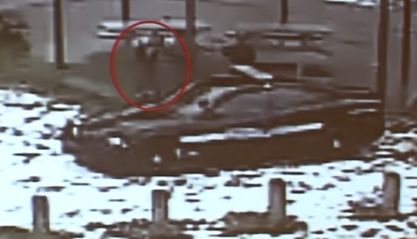
Shooting of Tamir Rice
(photo from "Killing of Tamir Rice" (2024, July 14). In Wikipedia. https://en.wikipedia.org/wiki/Killing_of_Tamir_Rice and is used under fair use standards of US copyright law)
Now, imagine he is playing in the park with a toy gun. Perhaps he has been pointing it at others from a distance. That is what kids do with toy guns - they point them pretending to be a sharpshooter or playing cops and robbers. Now, with the toy gun in hand, he is sitting alone on a picnic table with no one else nearby. When suddenly, a police car rushes up just in front of him, and a cop jumps out and immediately shoots him dead.
Now imagine that when the experts evaluate the situation, they tell you there is nothing wrong with how the police officer responded!
The reviewers did not ask whether the situation could have been avoided. A twelve-year-old child, unarmed and doing nothing wrong, is dead – essentially executed - and we don't ask that question? That is a severe PROBLEM in how these situations are handled by law enforcement and the justice system. This is wrong in so many ways!
Rice Case Shows Police Deadly Force Practices Are Wrong
There are many things wrong with how the Rice situation was handled by the police. Here are some of them:
1. The Tactics Used Should Be Criminal.
The police officers roll up in their patrol car a very short distance from Rice, almost on top of him. This tactic is terrible because it leaves the officers with few options after they jump out. In the two seconds between when the police officer exits the car and shoots Rice, the officer did not have sufficient time to assess, evaluate, and respond to the situation; the officer only had time to shoot. The decision to come up so close led to the officer opening fire almost immediately.
Rice Case Illustrates Practices Are Wrong:
1. Tactics should be criminal.
2. No threat present.
3. A toy gun.
4. Open carry law.
5. 911 operator and dispatcher errors.
6. Police are not held accountable.
Not only does it appear that no officer gave any order (such as to drop the gun), but even if there had been one, Rice would have had no time to respond. Moreover, even if Rice had had the time to drop or surrender the toy gun, the officers' proximity could well have made any movement with the toy gun appear threatening and led the officer to believe he was in danger and, therefore, shooting the boy.
The officers, however, had another option. They could have stopped their patrol car further from Rice, allowing them to get behind it for protection. They then had time to assess the situation and respond by giving Rice clear directions. And then 12-year-old Rice would have had time to react to their orders. It is a huge mistake to say that the officers' mistaken tactics are irrelevant in the evaluation of whether the shooting of Rice was justified. Their mistaken tactics are the reason Rice is dead. Now, it may well be that these officers were mistakenly or inadequately trained in tactics. But that does not change the fact that this is an unjustified shooting; poor training only moves some of the responsibility from the officers to their department.
2. There Was No Threat
It is true that sometimes officers (especially SWAT members) justifiably shoot a suspect in a hostage situation even though, at that instant, the suspect may not be about to harm a hostage or be a threat to the police. These killings by police are justified because of a reasonable fear that the suspect will harm hostages and that not taking advantage of these opportunities to "take out" the suspect will result in innocent people being hurt or killed during the situation. These cases usually only happen after negotiations have been tried.
However, there was no hostage situation in the case. Tamir Rice was sitting on a picnic table with no one else nearby. Even with these officers' flawed tactics, they should have been able to determine this as they approached the scene in their police car. To ignore these facts in evaluating whether the police shooting was justified reveals the inadequacy in the rules and laws about the use of police deadly force.
3. Toy Gun
Of course, there was, in reality, no threat to the police officers nor to the public in the Rice case because it was a toy gun. The current legal standard is that a shooting of a civilian is justified if it is reasonable for the police officer to fear for their life. Again, this reveals the problem with the standard, which ignores reality. Contrary to current understanding, I believe the fact that Tamir Rice was holding a toy gun or others were carrying a wallet or a cell phone is a relevant factor when evaluating the use of deadly force. In most cases, police officers should be held responsible for what the actual threat is and not just a "fear" before they shoot and possibly kill a civilian. It is a mistake to say that reality has no bearing on whether the shooting was justified. In addition, with the right tactics (see #1 above), police can put themselves in a situation where they can more accurately determine if the object is or is not a weapon.
4. Open Carry Law
The shooting of Rice by police is even more problematic because Ohio, the state in which the shooting occurred, has an open carry law. It is perfectly legal in Ohio to carry a gun in the open. That being the case, why did these police react to the report as they did? Even if Rice had a real gun, he was doing nothing wrong under Ohio law.
The 911 call indeed indicated that the boy was pointing the gun at people. Still, police need to investigate for themselves and determine what the person was doing. In the incident videos, Rice sits in a covered picnic table shelter. There is no one else around. Again, this is where the bad tactics above come into play. If the officers had stopped at a distance, they could have quickly surmised that no one was in danger and could have easily ended the situation peacefully. Police need specific training to deal with the open carrying of firearms, especially where such actions by citizens are legal.
This is another point that shows the flawed nature of how police shootings are evaluated. The logic and analysis that was used to conclude the Rice shooting was justified would mean that it is justified for the police to shoot virtually anyone openly carrying a gun.
5. 911 Operator and Dispatcher Errors
In the Rice case, the 911 caller reported that the person was a juvenile and that the gun was probably fake. This information was not passed on to the police. While this lack of information does not excuse the bad tactics that led to the shooting of an unarmed 12-year-old, it is crucial information that could have prevented the tragic outcome in this case. Emergency operators and dispatchers need better training to pass on essential information.
6. Police Are Not Held Accountable
Another issue is the lack of accountability for officers who use deadly force. Officers are often not held accountable for their actions, even when there is clear evidence of excessive force. This sends a message that officers can use deadly force with impunity, further perpetuating the problem.
Despite a few recent exceptions, police are rarely prosecuted for the wrong use of deadly force. Part of this is because the laws and policies give police officers too wide of latitude. Even more problematic is the fact that the investigating unit is often the suspect officer's department, which raises issues of impartiality. In some places, it is now a neighboring department, but that does little to improve confidence in impartiality. In addition, the evidence against the offices is often eyewitness testimony from people not seen as trustworthy. Even when charged, only about one-third are convicted. Of those convicted, only about one-third go to prison.
Deadly Force Should Be A Last Resort
The legal standard for police use of deadly force must be "objectively reasonable" given the total circumstances. It cannot be irrelevant as to whether the shooting victim actually posed a threat.
The intent of the current laws and procedures makes some sense. Officers have to make split-second decisions. But this should not be a license to kill.
A Justice Department investigation into the Cleveland Police Department, which did not look at the Rice case, found that Cleveland police too often use excessive force, including deadly force, in dealing with suspects. Unfortunately, the same is true for many police departments.
Even more problematic, there are "so-called" experts who teach, train, and then testify in support of police shooting first in virtually every instance.
Of course, we want the police to be as safe as possible, but we also wish the public, including suspects, to be safe. After all, they are presumed innocent, and many are actually innocent. “Shooting first” is not a correct or moral policy. Police are being trained in the wrong tactics. Those tactics escalate situations, putting everyone at more risk.
Often, the wrong question is being asked. It may not be whether the shooting was justified at the instant it took place, but whether it was preventable. Police need to stop putting themselves into situations where shooting becomes the only option.
Conclusion
Furthermore, there must be stricter consequences for officers using deadly force without cause. This includes holding police departments and individual officers accountable for their actions. This not only serves justice for victims and their families but also sends a message that the excessive use of deadly force will not be tolerated.
In addition, there must be a move towards a more community-oriented approach to policing. This means involving community members in training and fostering relationships between officers and the communities they serve. Building trust and understanding can go a long way in reducing the use of deadly force.
In conclusion, the problem of police deadly force training and practice is a complex issue that requires a multifaceted approach. We must address this issue and create a more just and equitable justice system for all. As a society, we must demand accountability and change from our law enforcement agencies to ensure that the use of deadly force is truly a last resort, not a default option.


